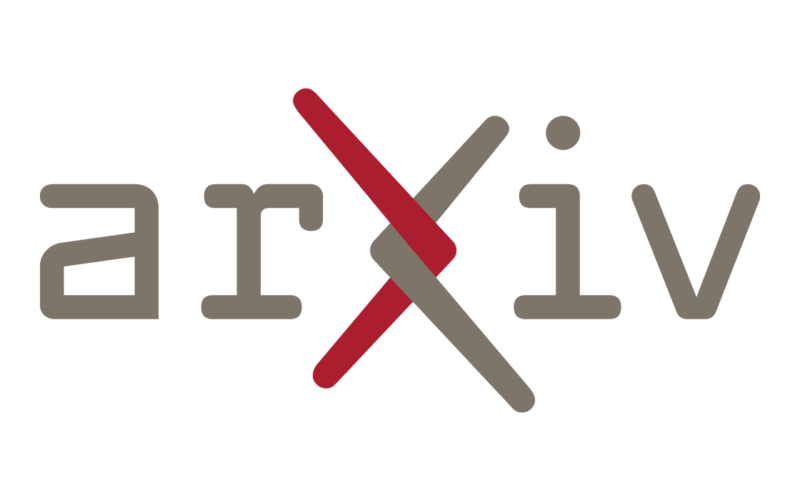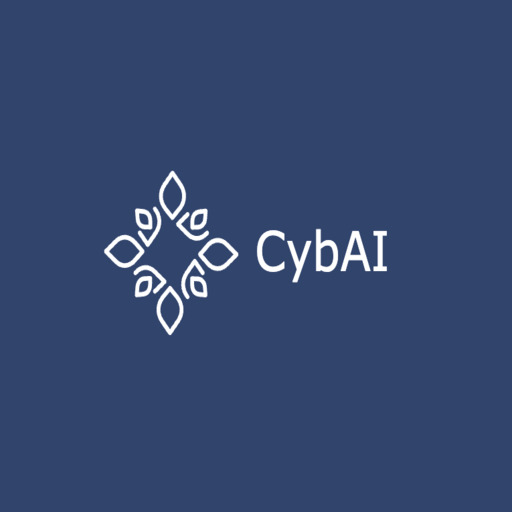arXiv:2412.13435v1 Announce Type: new
Abstract: In this paper, we introduce a novel technique for content safety and prompt injection classification for Large Language Models. Our technique, Layer Enhanced Classification (LEC), trains a Penalized Logistic Regression (PLR) classifier on the hidden state of an LLM’s optimal intermediate transformer layer. By combining the computational efficiency of a streamlined PLR classifier with the sophisticated language understanding of an LLM, our approach delivers superior performance surpassing GPT-4o and special-purpose models fine-tuned for each task. We find that small general-purpose models (Qwen 2.5 sizes 0.5B, 1.5B, and 3B) and other transformer-based architectures like DeBERTa v3 are robust feature extractors allowing simple classifiers to be effectively trained on fewer than 100 high-quality examples. Importantly, the intermediate transformer layers of these models typically outperform the final layer across both classification tasks. Our results indicate that a single general-purpose LLM can be used to classify content safety, detect prompt injections, and simultaneously generate output tokens. Alternatively, these relatively small LLMs can be pruned to the optimal intermediate layer and used exclusively as robust feature extractors. Since our results are consistent on different transformer architectures, we infer that robust feature extraction is an inherent capability of most, if not all, LLMs.
Source link
lol
Lightweight Safety Classification Using Pruned Language Models

